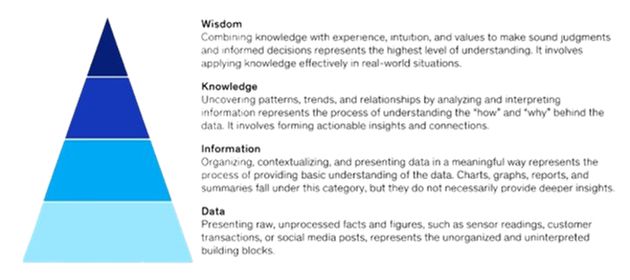After it generates a Marketing Qualified Lead (MQL), Marketing hands over a case to Sales to take it to closure. In software product selling, one of the first things that happens after that is a demo.
Short for demonstration, demo is one of the most important steps in the lead-to-deal process. Demos are led by the presales org, which is a part of the sales org in most technology companies. There are various types of demos:
Explainer Video. This is typically a two minute video that showcases the product. It’s published on the homepage of the vendor’s website, often right on top in what’s called the “hero” zone. Visitors click through the video and get a quick idea of what the product does. You can see a few samples of explainer videos on the website of my favorite explainer video maker Sandwich. Apart from helping marketing create it, presales is not involved in an explainer video-based demo.
Self Running Demo. These are longer and typically focused on various modules and functionality of the software. Back in the day, we used to make self running demos on AVI format although it can also be made in other formats like Flash or HTML5. Again, presales is only involved to the extent of preparing these videos and not when the prospective customer actually views them.
Presales-led Demo. Presales conducts the demo in front of prospects using the live software. Carried out face-to-face or on a Zoom call, this demo is interactive – prospects ask questions and presales consultants drill down into the software by way of answering them. As is obvious, presales is actively involved here.
Free Trial. This is typically a 2-4 week period in which the vendor gives access to the software and the prospect takes it on a test drive independently without involving presales.
I never thought a day would come when an ERP software will provide a free trial. But here we are: Experience SAP S/4HANA: Start your 30-day trial. pic.twitter.com/ccLyU91ERZ
— Ketharaman Swaminathan (@s_ketharaman) January 6, 2023
Scripted Demo / Proof of Concept. In this very detailed demo, the vendor showcases its software in the buyer’s specific context. The prospect specifies what features / functionality / workflows she’d like to see and supplies the corresponding data from her existing systems. For example, for a scripted demo of the Order-to-Cash cycle, she’d provide sales orders, inventory, invoices and collections. The presales consultant collects the specs and data, goes back, takes a few days to set up the demo according to the prospect’s specifications and with their data, and finally conducts the demo in front of the prospect. As the name Proof of Concept suggests, the goal of a scripted demo is to show that the software can work for the given customer.
The above list more or less covers the type of demos generally in the presales armor. (They however exclude the demos conducted by Marketing at the top of the funnel in order to generate the MQL – these are typically based on Marketable Items, which are representations of – but not the same as – the product).
Enter Bootcamp.
In this new way of showcasing the product, the presales and prospect teams work together intensively for 4-5 days and build out workflows that can be deployed on production in the prospect’s environment.
I don’t know if Palantir invented this technique but I first heard of bootcamp in the context of this big data analytics company. Palantir describes bootcamp as follows (slightly edited for clarity):
In these immersive, hands-on-keyboard sessions, participants can expect to go from zero to use case in just one to five days. Bootcamps deliver real workflows on actual customer data in five days or less versus traditional pilots, which generally take one to three months. At a recent bootcamp, a construction company used (our software) AIP to build an AI-powered disruption manager application that processes production disruption notifications through AIP Logic to determine what the best new production plan would be.
Some of the benefits of bootcamp include the following:
- Not just a presales technique to showcase the product but a nod to the implementability of the product.
- Larger contract value.
- Lower customer acquisition cost (CAC) due to shorter sales cycle.
It’s evident that a bootcamp is very effort-intensive. Accordingly, it’s practical only for deal sizes of six figure and above.
While it’s early days for bootcamp, it’s worth keeping a close watch on how this presales technique pans out for the GTM of software companies.


